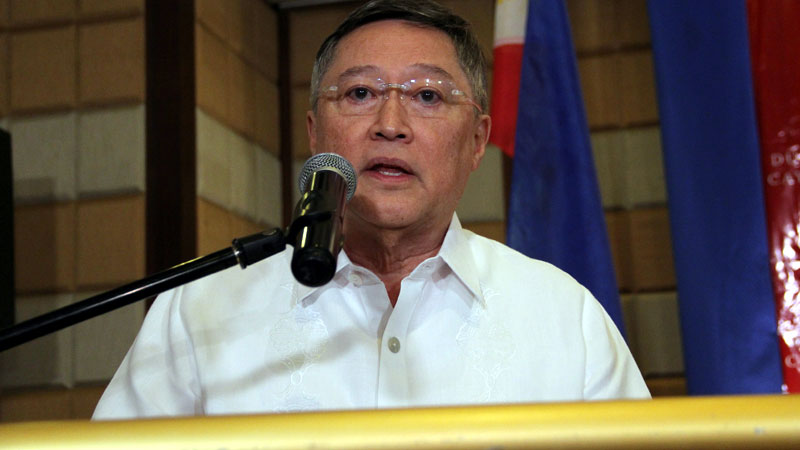LAPU-LAPU CITY—Enjoying a demographic sweet spot with millions of young and educated in the labor force, the Association of Southeast Asian Nations (Asean) is ripe for more foreign investments, Finance Secretary Carlos Dominguez III said on Thursday.
“An Asean Economic Community [AEC] provides a strong market of 600 million people. Our 300 million-strong labor force is young, talented and dynamic. Our governments are convinced that globalization is the way to progress. Our economies have much headroom for rapid expansion, beginning from a massive infrastructure buildup that will bring our region increased efficiency,” Dominguez said in a speech at the 12th Asean Finance Ministers’ Investor Seminar (Afmis).
The economic expansion of the AEC that Dominguez expects dovetails with the forecast of the Asian Development Bank (ADB) that Asia’s developing economies will see steady growth this year and the next.
The ADB forecast growth in developing Asia at 5.7 percent in 2017, unchanged from its previous forecast. It said that pace would continue into 2018.
Sustained growth
It said 30 of the 45 countries covered in the report would see sustained growth that would help offset the gradual slowdown in China, Asia’s biggest economy.
Asean Deputy Secretary General Lim Hong Hin said the Asean region was expected to grow at 4.8 percent this year, above the projected growth rate of advanced economies at 3.4 percent.
“However, such growth projection must be viewed against the backdrop of uncertain times, with the rise of populism and protectionism sentiment posing a challenging context to the region’s integration agenda,” Lim said at Afmis.
Afmis, held at Shangri-La’s Mactan Resort and Spa, served as the venue for Asean-member finance ministers to discuss investment opportunities in the region. It was also where the ministers discussed the progress of the AEC, which aims to create a single market and production base for the bloc.
In his speech, Dominguez said the “more extensive cooperation and more intensive integration” under the AEC, which went in full swing in 2015, “have been beneficial to the economies of this dynamic region.”
Negotiating as bloc
“All our economies are driven to a large extent by trade. The Asean Free Trade Area provided us a framework for dramatically increasing intraregional trade and investments. This allowed us to negotiate as a bloc with the larger trading economies around us through the Regional Comprehensive Economic Partnership,” he said.
Dominguez was referring to the free trade agreement (FTA) being negotiated between Asean and six other countries with which it has existing regional FTAs, namely: Australia, China, India, Japan, New Zealand and South Korea.
“Over the longer term, we envision an AEC that will provide a strong driver for growth among ourselves and global growth,” he added.
He said Asean was moving to fully realize the AEC and transform the region into a single market as well as production hub.
“We are promoting e-commerce in the region, pooling resources to develop the infrastructure we need, facilitating trade and supporting each other’s expanding consumer markets. We have developed a Master Plan on Asean Connectivity 2025 and a detailed AEC Blueprint 2025. In less than a decade, we aspire to build a truly dynamic regional economy,” Dominguez said.
Robust outlook
“The regional economy we envision is a truly ambitious undertaking that will require massive investments. But we have momentum and opportunity on our side. The support of the investor community will be indispensable for this undertaking to succeed,” he added.
Asean Deputy Secretary General Lim said the longer-term outlook remained robust and positive, with the new AEC Blueprint 2025 charting a forward-looking, broader and more ambitious direction for the region over the next 10 years. —WITH AN AP REPORT


